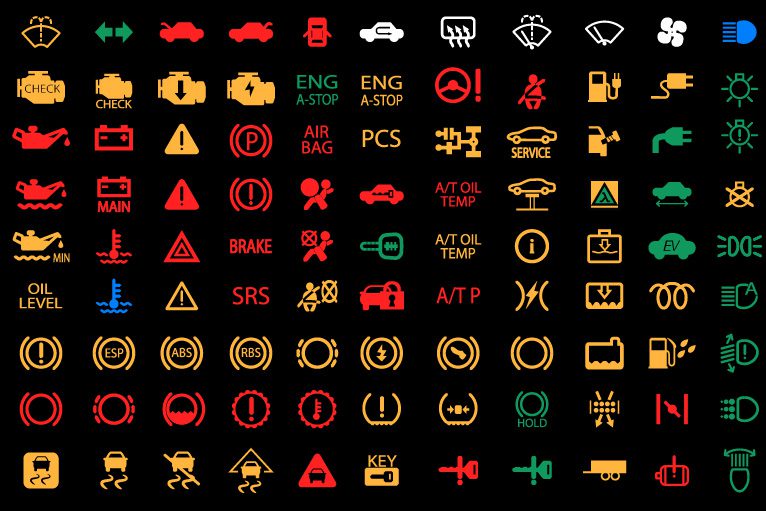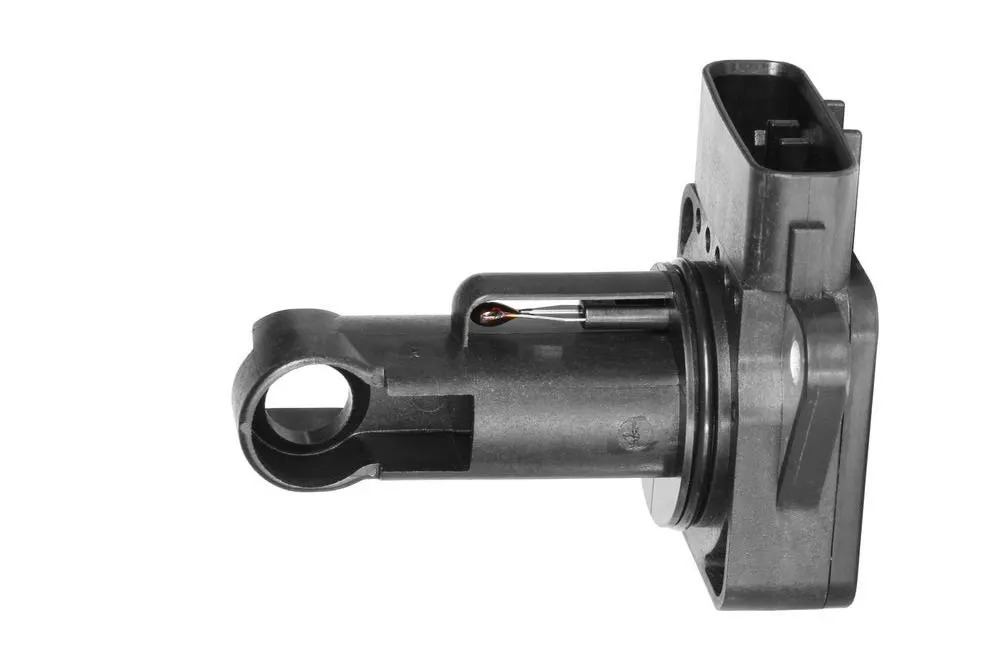Posted on 3/19/2025
THE POWER OF A PROPER TUNE UP We get several phone calls each week asking for an estimate for a tune up, but never asked what's included. Tune-up pricing can vary from shop to shop, usually based upon what work will be done. Manufacturers recommend tune-ups at different mileage. With newer vehicles, the mileage is less frequent because the dealerships want to make it appear that your new vehicle will require less maintenance. It's all just smoke and mirrors to sell more cars. A vehicle that is kept properly tuned will perform better, run and idle better, get better fuel economy, and release less pollutants. This will help save you money. A regular tune-up is like a medical exam, and is pretty much the same way your Doctor keeps you healthy by making sure you are in great shape. Vehicles can also vary on how many parts need to be replaced based upon the year, make, and model. Some newer cars and trucks may only need the spark plugs replaced, where ... read more
Posted on 3/19/2025
HVAC Maintenance In Tucson we have absolutely perfect weather for a few months of the year. The remaining months are either too hot to drive around with the windows up, or too cold to have them rolled down. That's why proper maintenance of your HVAC (Heating, Ventilation And Air Conditioning) is crucial in our climate. Whew, how many of us have been stuck in the Arizona heat with no A/C? Its brutal to say the least. The very least, LOL! Driving around when its 34 degrees out is no fun either. Its hard to see with the windshield all fogged up. Driving around with the HVAC not working, in any kind of weather can cause unneeded discomfort, tension and anxiety. A properly maintained HVAC system allows you to travel in relative comfort by helping you and your passengers from either overheating or shivering to death. Have you ever gone out to your vehicle in the morning and the doors are frozen shut? I have, that's why the last vehicle I bought has ... read more
Posted on 12/4/2024
.jpg)
Some Basic Tips To Help Keep Your Car Moving Always make sure your tires are properly inflated. Do a quick walk around your vehicle to do a visual inspection. The last thing you want is to discover you have a flat tire or that the spare is flat while you’re pulling the jack out of your trunk. It’s better to spend a dollars at the air pump to check your tire pressure and every few months to inflate your spare than to spend hundreds on a tow truck in your time of need. Always make sure your vehicles spare tire is inflated and visually in good condition. Make sure to follow vehicle manufacturers specifications for oil changes. This is very important to keep your vehicle operating as designed. Missed oil changes hurt your wallet? Oil problems can be some of the costliest car maintenance issues to fix, since oil affects pretty much everything your car does. So please stay on schedule. Make sure to keep your battery connections clean. Mix a little b ... read more
Posted on 11/5/2024

Dashboard Warning Lights If you own a late model vehicle there is a chance that it is equipped with a plethora of unnerving dashboard warning lights, each one of them being just as scary as the other for the average driver. Dashboard warning lights share a common purpose, foremost is to keep you safe and to help prolong the life the vehicle through early warnings of potential or existing problems. The dashboard lights may send warnings regarding dangerous problems which require immediate attention, warn you of minor malfunctions which should be checked out by a One Stop Automotive technician, or just reminding you that one or more automotive systems are due for regular maintenance. If there is a warning light that is flashing you should stop and not drive the vehicle. One Stop Automotive can assist you with having the vehicle towed to our shop to prevent further damage. The most common dashboard warning indicators include the anti-lock braking system, car ... read more
Posted on 8/8/2024

At One Stop Automotive we can help you get to the bottom of things and can get the mass airflow sensor working the way it is supposed to work. What is a Mass Airflow Sensor? The mass airflow sensor is located near the air filter and is an important part of the fuel injection system. It is designed to measure the volume of air flowing into the engine intake. This is very important because it regulates the air/fuel ratio mix for the engine. Signs of Failing Mass Airflow Sensor (MAF) 1. Check Engine Light (CEL/MIL): The check engine light is the first indicator of component failures. The warning light on the dashboard will illuminate to alert you of vehicle system issues. In this case you would usually get a code for a failing MAF. The issue may be caused by the sensor itself failing, bad wiring due to rodent damage or a few other things. When you have a Check Engine Light It is important to take the vehicle to One Stop Automotive for a diagnosis so this issue can be resol ... read more